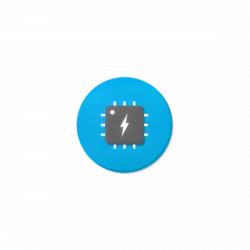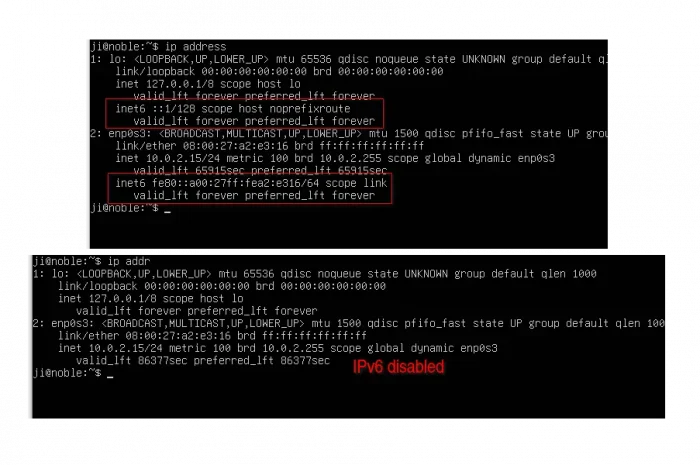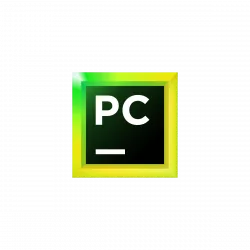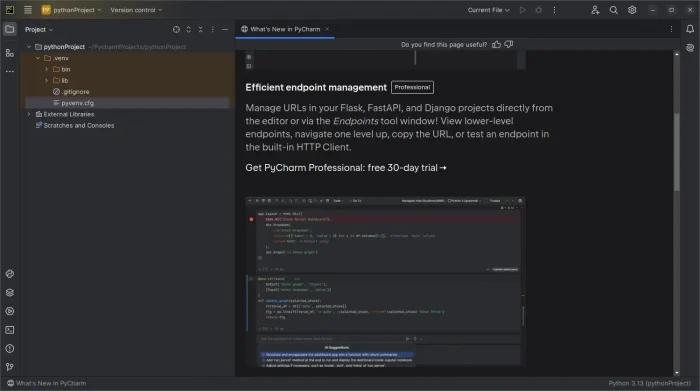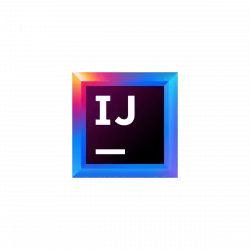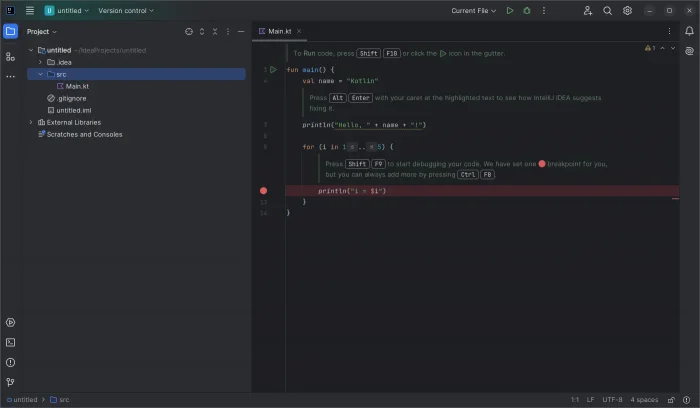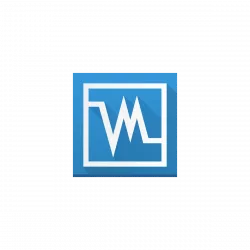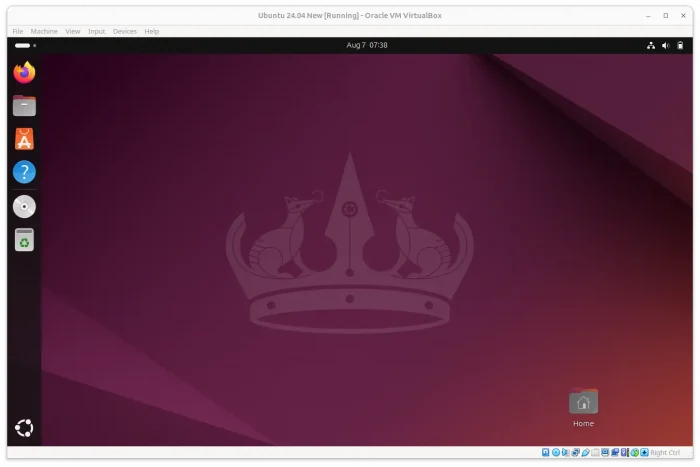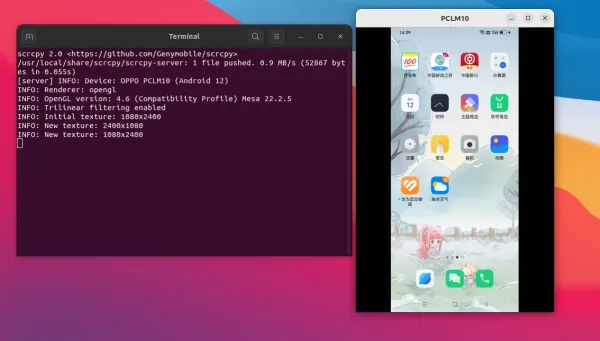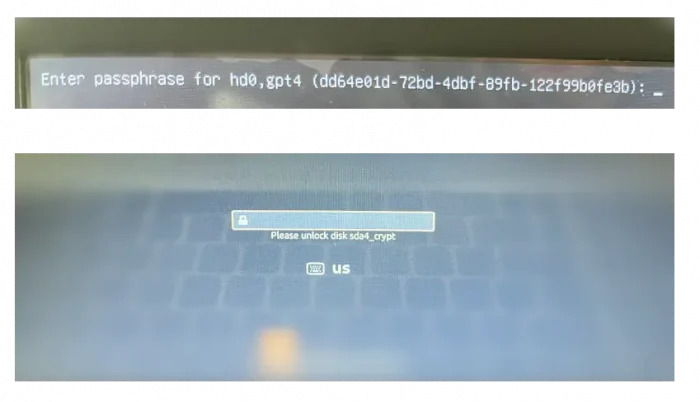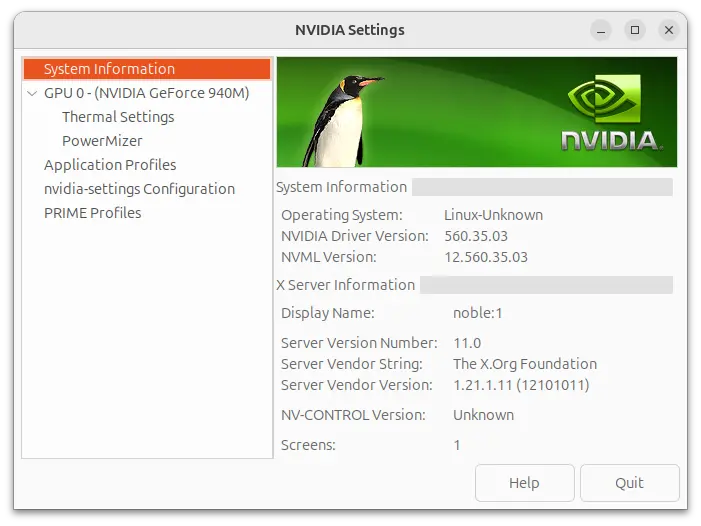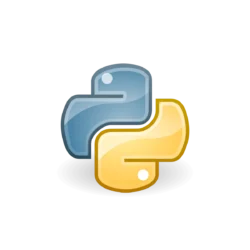This is a step by step guide shows how to enable Wake-on-LAN feature in Ubuntu, so you can wake it up from suspend, hibernation, or shutdown state remotely using another computer or mobile phone.
Wake on LAN, WoL in short, is a protocol allows computer to be turned on or waked up from sleep using network message. It’s based on AMD’s Magic Packet Technology, and also known as wake on WAN, remote wake-up, power on by LAN, and resume by LAN.
WoL uses wired network on target computer for the communication. Though, there’s also Wake on Wireless LAN (WoWLAN) allowing to wake up wirelessly.



